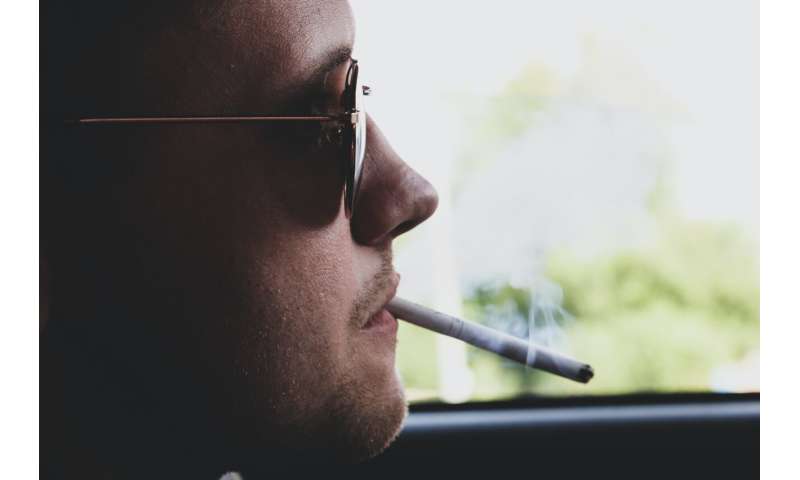NYCHA secondhand smoke policy needs more time and effort to show how well it works

One year into a smoking ban in buildings run by the nation’s largest public housing authority, tenant exposure to secondhand smoke in hallways, stairwells, and apartments has not declined, a new study shows.
Among the explanations for this, investigators say, are delays in promotion and enforcement, including putting up signage and training building managers, and reluctance among nonsmokers to report violations. They also cite lack of smoking cessation services as a possible factor.
The findings proceed from the move in July 2018 by the New York City Housing Authority (NYCHA) to implement a ban on smoking in public housing authorities issued by the U.S. Department of Housing and Urban Development (HUD). NYCHA’s goal was to quell secondhand smoke exposure in its more than 165,000 low-income apartments. Similar policies had successfully reduced smoking in public places like bars and restaurants, and policymakers were hoping they would work in large apartment buildings.
Led by researchers at NYU Grossman School of Medicine, the new study found that so far, little change has occurred. Investigators tracked indoor air quality samples before and after the policy was enacted. They compared the results in 10 high-rise NYCHA buildings (in the homes of about 150 families) with those in 11 so-called Section 8 housing (about 110 families). The latter is a group of privately run apartment buildings that were not subject to the policy but whose resident makeup was similar in terms of how many received subsidized housing, how many smoked, and racial mix.
“Our findings show that more intensive efforts to support and enforce NYCHA’s smoke-free housing policy are needed to really change resident smoking behaviors,” says study lead author Lorna Thorpe, Ph.D., MPH. “Managers need to be given sufficient tools to ensure that both tenants and staff understand what the rules are, where they can report violations, and why buildings free of secondhand smoke will improve the health of all the families that are living under the same roof.”
Publishing online Nov. 5 in the journal JAMA Network Open, the new study showed that in the 12 months since the policy was enacted, nicotine concentration in stairwells or inside households for either building type dipped by just an average of 0.04 micrograms per cubic meter in apartments and just 0.03 micrograms per cubic meter in stairwells. A microgram is one millionth of a gram. By comparison, a smaller study in 2017 in Philadelphia found more than a 0.20 microgram per cubic meter reduction in nicotine levels in stairwells nine months after the introduction of a smoke-free policy.
In pursuit of the policy’s success, NYCHA has already taken steps recommended in the study, the researchers say. These include developing a streamlined system for tracking complaints, assigning responsibility for enforcement, and communicating the consequences of policy violations. In addition, it has added new signage in most buildings and launched the Smoke-Free NYCHA Housing Liaison program to help residents get the help they need to quit smoking.
At the same time, tenants must be empowered to speak to their neighbors and given places for people to smoke without impacting others, adds Thorpe, a professor in the Department of Population Health at NYU Langone Health. She also serves as the department’s vice chair of strategy and planning and director of its Division of Epidemiology.
Involuntary exposure to secondhand smoke kills about 41,000 American adults annually, according to the U.S. Centers for Disease Control, and increases risk of cancer, heart disease, and asthma, among other ailments. Today, owing to state and federal bans on smoking in public venues, most people are exposed to cigarette smoke in the home, particularly in multi-unit housing, the study authors say.
For the investigation, the researchers used air filters to measure nicotine levels in the homes of non-smoking residents and in common areas like stairwells and hallways. They also surveyed the tenants to identify any changes in the number of people seen smoking in public spaces.
“Although the initial reductions in secondhand smoke exposure were disappointing, it does not mean that the policy has failed,” says study senior author Donna Shelley, MD, MPH, a professor at the NYU School of Global Public Health. “Instead, our findings tell us that NYCHA, HUD, and other institutions need to work together to do more for real change to occur.”
Source: Read Full Article
